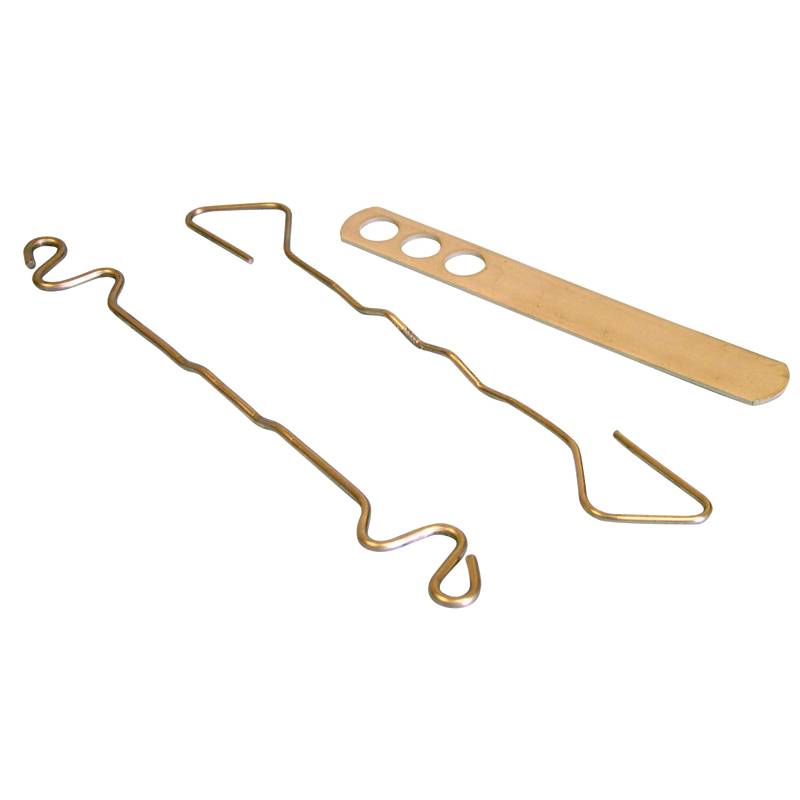
- Mobile Phone
- +8613931874955
- sales@cntcmetal.com
Exploring the Versatility and Design Potential of Contemporary Grid Wall Displays in Modern Spaces
Exploring the Versatility of Grid Walls in Modern Spaces
In recent years, grid walls have emerged as a dynamic and functional design element in both residential and commercial spaces. These versatile structures, typically made of intersecting metal or wooden grids, have transcended their utilitarian origins to become a staple in modern aesthetics and organization. Whether used for artistic display, practical storage, or creative organization, grid walls offer an innovative solution to the evolving needs of contemporary living and working environments.
One of the primary attractions of grid walls is their ability to serve as an adaptable foundation for various applications. In home decor, grid walls can transform a bland wall into a focal point. By allowing users to hang artwork, photographs, or decorative items, they provide a customizable canvas that can be easily updated to reflect personal style or seasonal themes. The modular nature of grid walls means that elements can be rearranged or swapped out without the need for significant renovations, offering a level of flexibility that traditional display methods often lack.
Grid walls also play a crucial role in organization
. In kitchens, for instance, they can be installed to hold pots, pans, utensils, and herbs, creating both accessibility and visual appeal. This open organization style reduces clutter on countertops while making it easy to find essential items at a glance. In retail spaces, grid walls are commonly used to showcase products in an orderly manner. Retailers utilize these structures to hang clothing, accessories, and other items, providing shoppers with a clean and organized shopping experience while maximizing display potential.grid wall

Moreover, grid walls are not confined to indoor spaces. Outdoor applications are becoming increasingly popular as well. In gardens and patios, they can serve as trellises for climbing plants, adding greenery and beauty to outdoor environments. These structures can also be used to create distinct zones in larger spaces, such as outdoor dining areas or relaxation nooks, enhancing both functionality and aesthetics.
The rise of the “DIY” culture has further cemented the popularity of grid walls. Many homeowners and renters are incorporating grid walls into their spaces to express creativity and individuality. With countless tutorials available online, people can create tailored installations that fit their specific needs and styles. From painted grid walls that add a splash of color to the installation of unique hooks and clips for personal items, the potential for personalization is limitless.
In professional settings, grid walls can contribute to a more organized and inspiring work environment. Offices that utilize grid walls may find that they foster collaboration and creativity among employees. By hanging whiteboards, project displays, or even motivational quotes, teams can create a vibrant and dynamic workspace that encourages interaction and innovation.
In conclusion, grid walls are much more than simple grid systems; they represent a modern-day solution for organization, creativity, and flexibility in living and working spaces. Their multifaceted nature allows them to adapt to various functions—be it as an art installation, a storage solution, or a decorative feature. As trends continue to evolve, the grid wall remains a timeless and appealing choice, embodying the spirit of modern design while meeting the practical needs of users. Whether for home, garden, or office, grid walls offer a fresh perspective on how we can creatively utilize our spaces.
share:
-
Your Source for Concrete Wall Ties and Masonry AccessoriesNewsJul.10,2025
-
Unlocking the Power of Iron Wire for Every ProjectNewsJul.10,2025
-
Explore Advanced Chain Wire and Stainless Steel Mesh FencingNewsJul.10,2025
-
Discover the Benefits of Annealed Wire ProductsNewsJul.10,2025
-
Discover China Stainless Steel Wire Mesh SolutionsNewsJul.10,2025
-
Build with Confidence Using High-Performance Masonry AccessoriesNewsJul.10,2025
-
Why Sacrificial Formwork Is Redefining Underground ConstructionNewsJun.06,2025



















